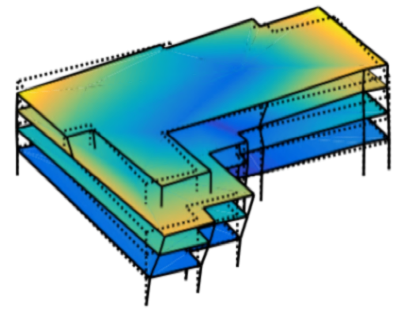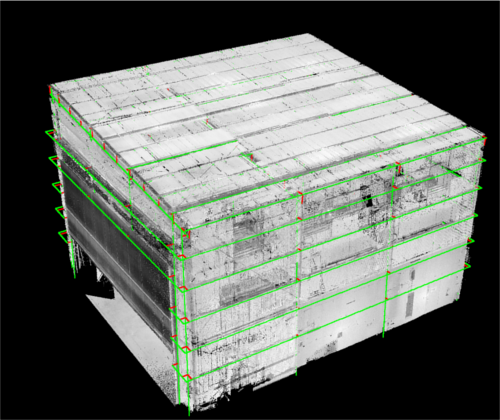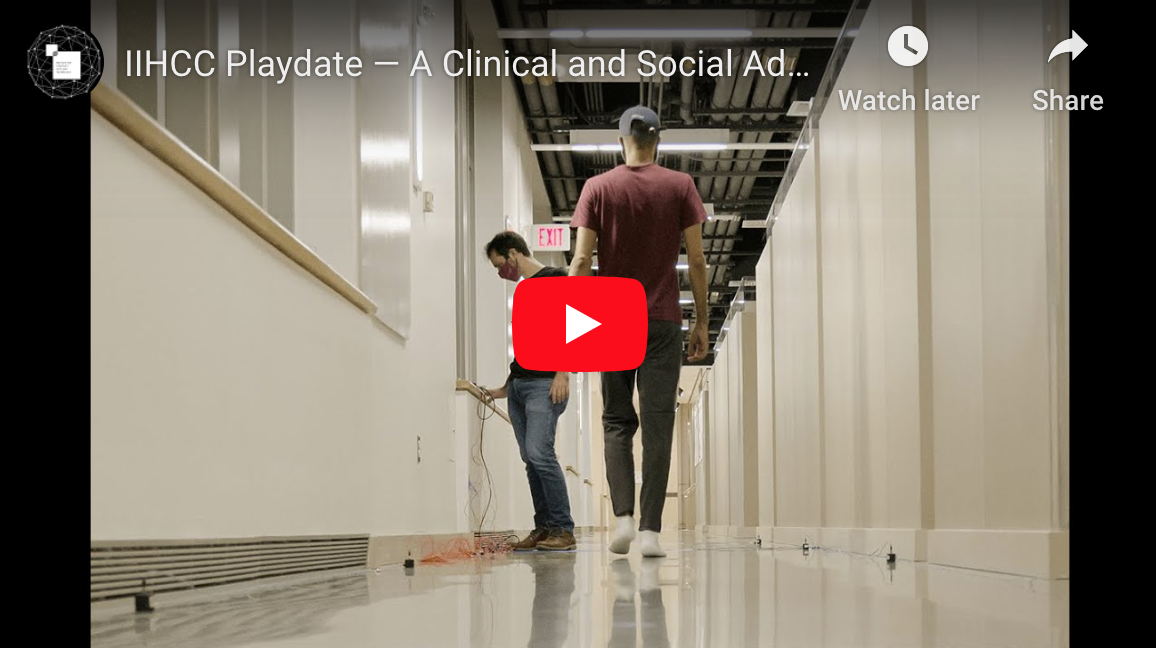The Varina Enon Bridge (Richmond, VA) serves as a platform to study how Structural Health Monitoring and Intelligent Traffic Systems data can be integrated to provide more holistic monitoring information.


The Varina Enon Bridge (Richmond, VA) serves as a platform to study how Structural Health Monitoring and Intelligent Traffic Systems data can be integrated to provide more holistic monitoring information.

The Goodwin Hall Smart Building uses 200+ accelerometers and Operational Modal Analysis to track modal parameters over the life of the building. The objectives of this research are:
For more information on Goodwin Hall visit the Virginia Tech Smart Infrastructure Lab website.
We have developed a public, open-source MATLAB library for Operational Modal Analysis. Access it here.
Sorry, no publications matched your criteria.

Points clouds from reality capture methods, such as LIDAR, photogrammetry, and depth cameras, produce detailed geometric data of as-built structures. In raw form, however, these data are heavy and have limited use for engineers. We have developed methods for reducing point clouds in to structural “skeletons” on which Building Information Models (BIM) or Finite Element Models (FEM) can be building. Over the life of a structure, the approach can yield an evolving, as-built structural representation which could serve as a foundation for full-fledged Civil Infrastructure Digital Twins.
Sorry, no publications matched your criteria.

Rodrigo Sarlo and Rafael Gonçalves
Frailty is characterized by the functional decline of various physiological systems and is strongly associated with an increased vulnerability to stressors, such as illnesses or surgical procedures. Risk of frailty increase as we age. However, due to its complex influences, identifying frailty is challenging. Common methods, often based on surveys or visual observations, can vary by as much as 4 to 59% for similar populations of older adults. Recent research on older adults suggest that gait can serve as a predictor of frailty and associated adverse outcomes, such as reduced mobility, functional dependence, and mortality. In this presentation, we describe our efforts to build deployable, sensor-based techniques for monitoring several dimensions of gait. These techniques are passive, as they do not monitor the patient directly. This design is intended to create less privacy and intrusion concerns for older adults, thus improving the potential for adoption.
Dr. Rodrigo Sarlo, Virginia Tech
Hosted by: Soto Structures Lab (www.sotostructures.com)
The growing popularity of concepts like Smart Cities, Internet-of-things, and Digital Twins means we are collecting more sensor data on infrastructure than ever before. However, raw data alone has little value, what is more important is the information it provides and the decisions that it enables. Certain types of sensing modalities (e.g. accelerometers, cameras, and LIDAR) collect high resolution data that can yield a variety of rich, and sometimes unexpected, information. Through targeted signal processing and analysis, it is possible to infer high-level information for a variety of civil infrastructure applications. “Inference” is the key word, since much of the information contained in physical data is not readily obvious from observation alone. Our lab is multi-modal inference techniques which produce high-level, actionable data, including: 1) Using LIDAR point clouds to infer a building’s structural design, 2) Using traffic cameras to infer structural damage in traffic light masts, 3) Using vibrations to infer building occupancy patterns for operation management. Each of these examples demonstrate one of three main advantages of multi-modal inference techniques. Firstly, they value to certain data acquisition techniques by making them more versatile. Secondly, they are useful for “recycling” existing infrastructure data for a new purpose. Finally, they can be used to design infrastructure hardware which adapts to future needs.